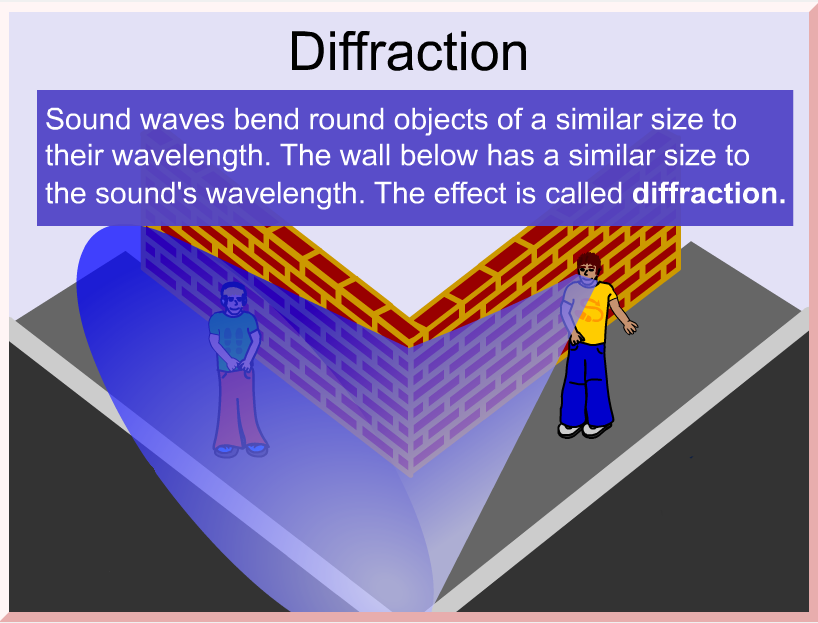

Thomas Young performed a celebrated experiment in 1803 demonstrating interference from two closely spaced slits. James Gregory (1638–1675) observed the diffraction patterns caused by a bird feather, which was effectively the first diffraction grating to be discovered. Isaac Newton studied these effects and attributed them to inflexion of light rays. The results of Grimaldi's observations were published posthumously in 1665. The effects of diffraction of light were first carefully observed and characterized by Francesco Maria Grimaldi, who also coined the term diffraction, from the Latin diffringere, 'to break into pieces', referring to light breaking up into different directions. Thomas Young's sketch of two-slit diffraction for water waves, which he presented to the Royal Society in 1803. Furthermore, quantum mechanics also demonstrates that matter possesses wave-like properties, and hence, undergoes diffraction (which is measurable at subatomic to molecular levels). These effects also occur when a light wave travels through a medium with a varying refractive index, or when a sound wave travels through a medium with varying acoustic impedance – all waves diffract, including gravitational waves, water waves, and other electromagnetic waves such as X-rays and radio waves. If there are multiple, closely spaced openings (e.g., a diffraction grating), a complex pattern of varying intensity can result. This is due to the addition, or interference, of different points on the wavefront (or, equivalently, each wavelet) that travel by paths of different lengths to the registering surface. The characteristic bending pattern is most pronounced when a wave from a coherent source (such as a laser) encounters a slit/aperture that is comparable in size to its wavelength, as shown in the inserted image. In classical physics, the diffraction phenomenon is described by the Huygens–Fresnel principle that treats each point in a propagating wavefront as a collection of individual spherical wavelets. State-of-the-art localization method that does not model diffraction effects,Įspecially when a sound source is not visible to the robot.Infinitely many points (three shown) along length d project phase contributions from the wavefront, producing a continuously varying intensity θ on the registering plate. Furthermore, we observe 37% to 130% improvement in accuracy over a The L2 distance between estimated and actual source locations in a 7m*7m*3m Localize a source position with an average accuracy error, 0.7m, measured by We have evaluated our algorithm in multiple scenarios consisting of a Generated acoustic rays as the estimated source position based on a particleįilter. Our method identifies the convergence region of those Scene and use them to generate diffraction acoustic rays to localize the 3D We precompute the wedges of a reconstructed mesh of an indoor We combine a ray tracing based sound propagationĪlgorithm with a Uniform Theory of Diffraction (UTD) model, which simulateīending effects by placing a virtual sound source on a wedge in theĮnvironment.

Our approach exploits theĭiffraction properties of sound waves as they bend around a barrier or an (NLOS) sound source in indoor environments.
#Diffraction of sound pdf
Authors: Inkyu An, Doheon Lee, Jung-woo Choi, Dinesh Manocha, Sung-eui Yoon Download PDF Abstract: We present a novel sound localization algorithm for a non-line-of-sight


 0 kommentar(er)
0 kommentar(er)
